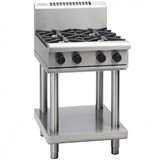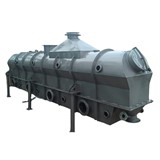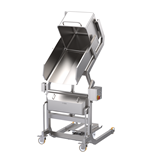Dr Jingzhou Yang (research associate in UWA's School of Mechanical and Chemical Engineering), Winthrop Professor Xiaozhi Hu (UWA's Advanced Materials Team Leader) and Professor Zhaohui Huang (China University of Geosciences Beijing's High Performance Ceramics Team Leader) have created a unique composite that resists wear under high temperatures.
Dr Yang and his colleagues developed the new Iron-Sialon ceramic matrix composite from very common and cheap ferro-silicon alloy and commercial-grade industrial alumina powders.
"Most thermal power plants use circulating fluid bed boilers which require high-temperature wear-resistant linings," Dr Yang said.
"In China, Australia and other countries, power supply relies mainly on coal firing. This requires high-temperature, wear-resistant linings and components. The alumina-based ceramic linings currently in use are fairly cheap but their resistance to wear, fracture and thermal shock isn't good enough.
"Because of this, power plants need to be stopped for long periods to repair worn equipment, which reduces the reliability of the power supply.
"We undertook research to develop a new, more wear-resistant ceramic matrix composite."
The development of the new composite involved sintering — or heating industrial alumina and ferro-silicon alloy powders at a temperature below their melting point — at up to 1700 degrees Celcius in nitrogen for several hours. The alumina then transforms to the more wear-resistant ceramic, Sialon.
Dr Yang, a materials scientist, won second prize in the China Land and Resources Scientific and Technological Awards and has two invention patents pending in China for high-temperature materials.
His research is supported by the National Science Foundation of China, and UWA via a Faculty of Engineering, Computing and Mathematics development grant.
The research was published as a news story in Science Network WA.

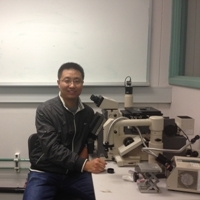

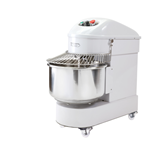

-160x160-state_article-rel-cat.png)



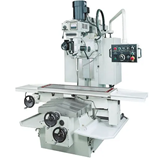





-160x160-state_article-rel-cat.jpg)



